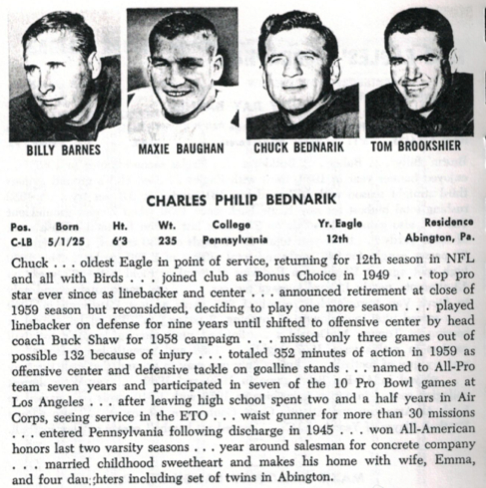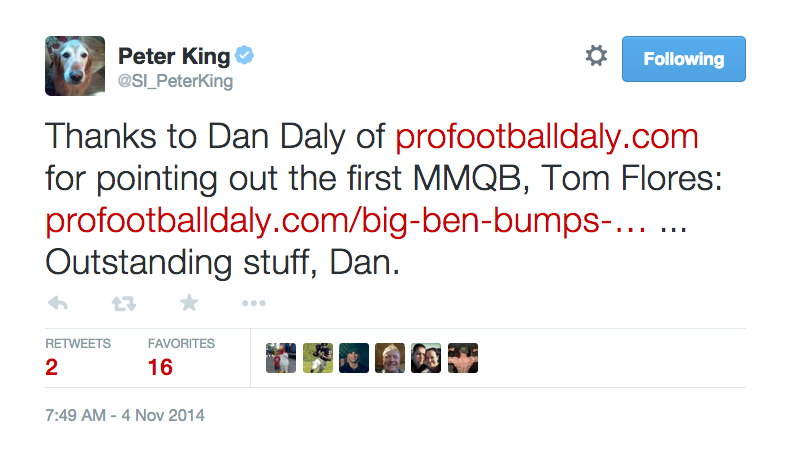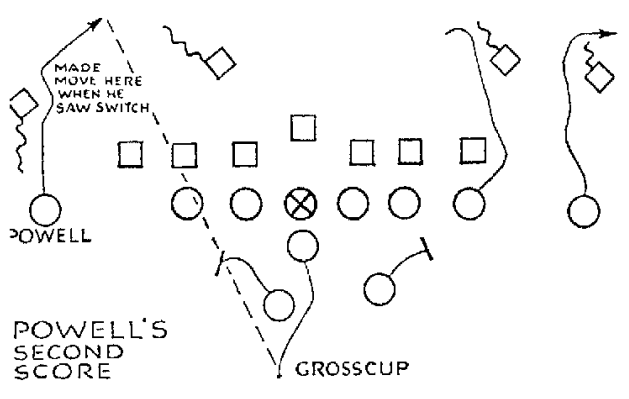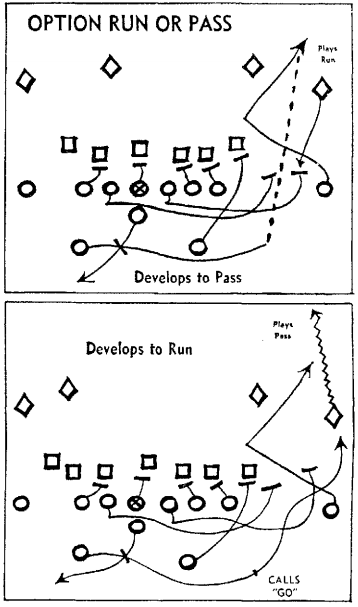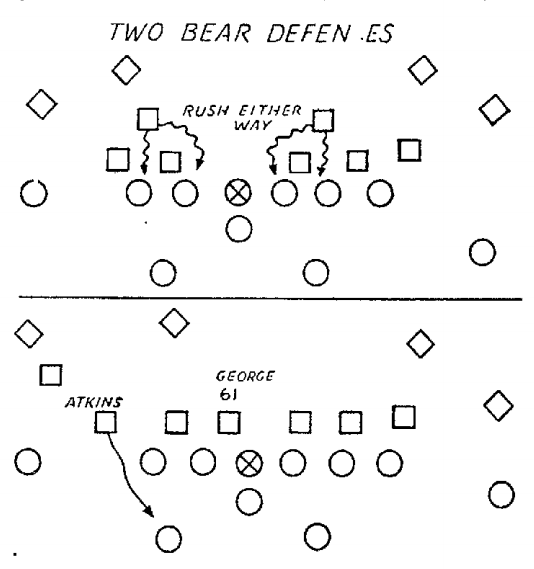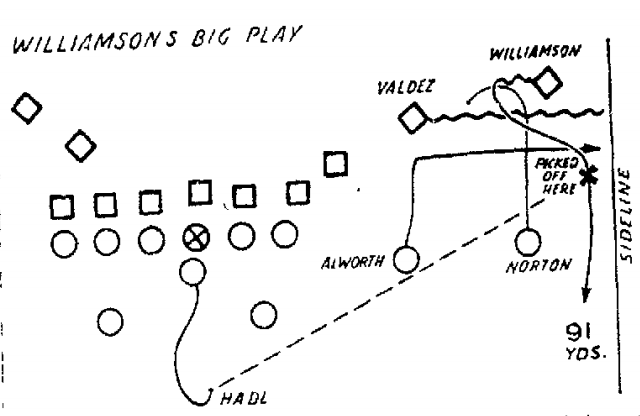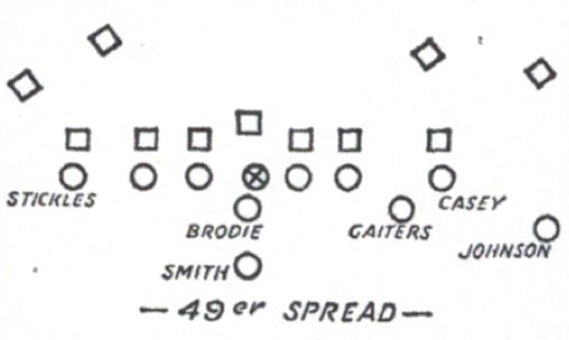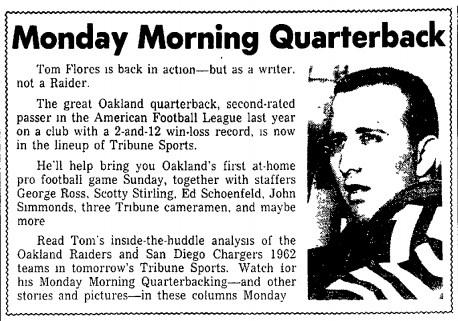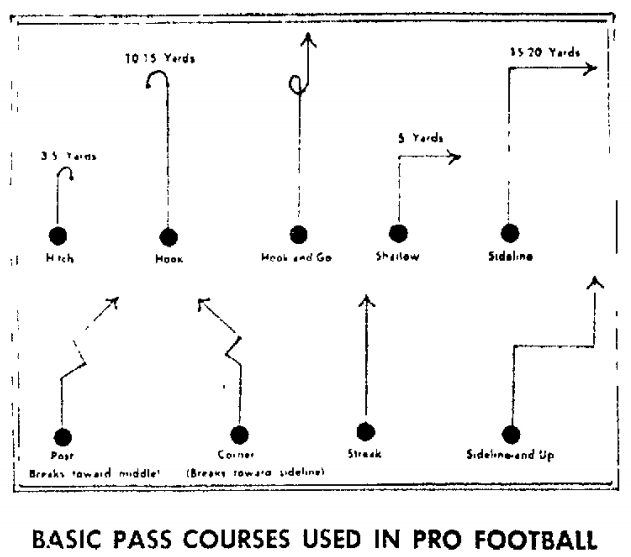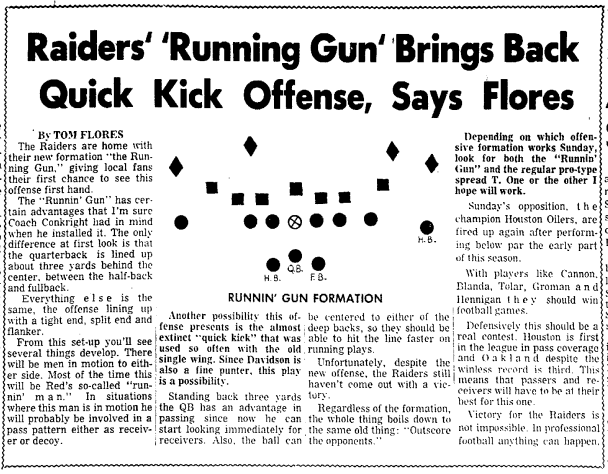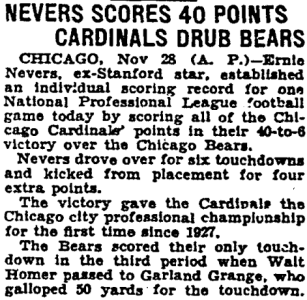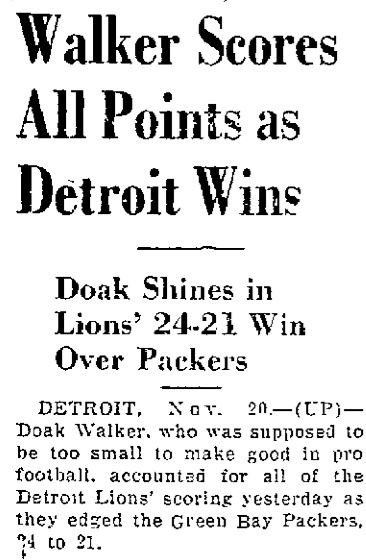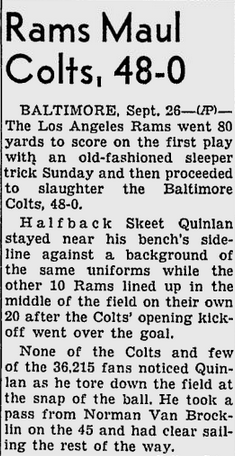Tucked between Veterans Day and Thanksgiving on my football calendar (which would be available in our gift shop if this website had a gift shop) is another notable occasion: Chuck Bednarik Day. It was on this date in 1960 that Bednarik, uh, waylaid Frank Gifford at Yankee Stadium — a Hall of Famer vs. Hall of Famer collision that put The Giffer out of the game for more than a year.
If it isn’t the biggest hit in pro football history, it’s certainly one of the two or three finalists. When Frank returned to the Giants in ’62, it was as a wide receiver, not a running back.
Let’s relive that moment, shall we?
It’s amazing, after watching the clip, that Bednarik was accused by some — though not the Giants — of cheap-shotting Gifford. It was a clean, if high, tackle. The reason Frank was so vulnerable, running so upright, was that he never saw Chuck coming from behind.
Bednarik also got grief for his celebratory jig — with the concussed Gifford lying lifelessly at his feet — but he always claimed it was a victory dance. The Eagles, after all, recovered Frank’s fumble and were on the verge of a 17-10 win. It was a huge play in their (last) championship season.
Here’s some other footage of the hit that gives us a little more of the aftermath. You’ll notice, at the 1:33 mark, that Bednarik spends a fraction of a second exulting — if you want to call it that — then goes to the scene of the recovery. At the end of the clip he looks back at Gifford, who still hasn’t moved.
I side with Bednarik on this one. Why? Well, check out his very similar victory dance after the clock ran out in the title game against the Packers five weeks later:
Seems Bednarik, unlike most players in his era, was a demonstrative guy. Ahead of his time, you might say. So he was both a throwback (going both ways in ’60) and a Man of the Future. Interesting contradiction.
Since this is Chuck Bednarik Day, by the way, do yourself a favor and read — or reread — John Schulian’s definitive take on him for Sports Illustrated. Sportswriting doesn’t get any better. It’s included in the terrific new anthology he edited, Football: Great Writing About the National Sport. A sample:
[Linebacker] was where Bednarik was always at his best. He could intercept a pass with a single meat hook and tackle with the cold-blooded efficiency of a sniper. ”Dick Butkus was the one who manhandled people,” says Tom Brookshier, the loquacious former Eagle cornerback. ”Chuck just snapped them down like rag dolls.”
It was a style that left Frank Gifford for dead, and New York seething, in 1960, and it made people everywhere forget that Concrete Charlie, for all his love of collisions, played the game in a way that went beyond the purely physical. ”He was probably the most instinctive football player I’ve ever seen,” says Maxie Baughan, a rookie linebacker with the Eagles in Bednarik’s whole-schmear season. Bednarik could see a guard inching one foot backward in preparation for a sweep or a tight end setting up just a little farther from the tackle than normal for a pass play. Most important, he could think along with the best coaches in the business.
And the coaches didn’t appreciate that, which may explain the rude goodbye that the Dallas Cowboys’ Tom Landry tried to give Bednarik in ’62. First the Cowboys ran a trap, pulling a guard and running a back through the hole. ”Chuck was standing right there,” Brookshier
says. ”Almost killed the guy.” Next the Cowboys ran a sweep behind that same pulling guard, only to have Bednarik catch the ballcarrier from behind. ”Almost beheaded the guy,” Brookshier says. Finally the Cowboys pulled the guard, faked the sweep and threw a screen pass. Bednarik turned it into a two-yard loss. ”He had such a sense for the game,” Brookshier says. ”You could do all that shifting and put all those men in motion, and Chuck still went right where the ball was.”

